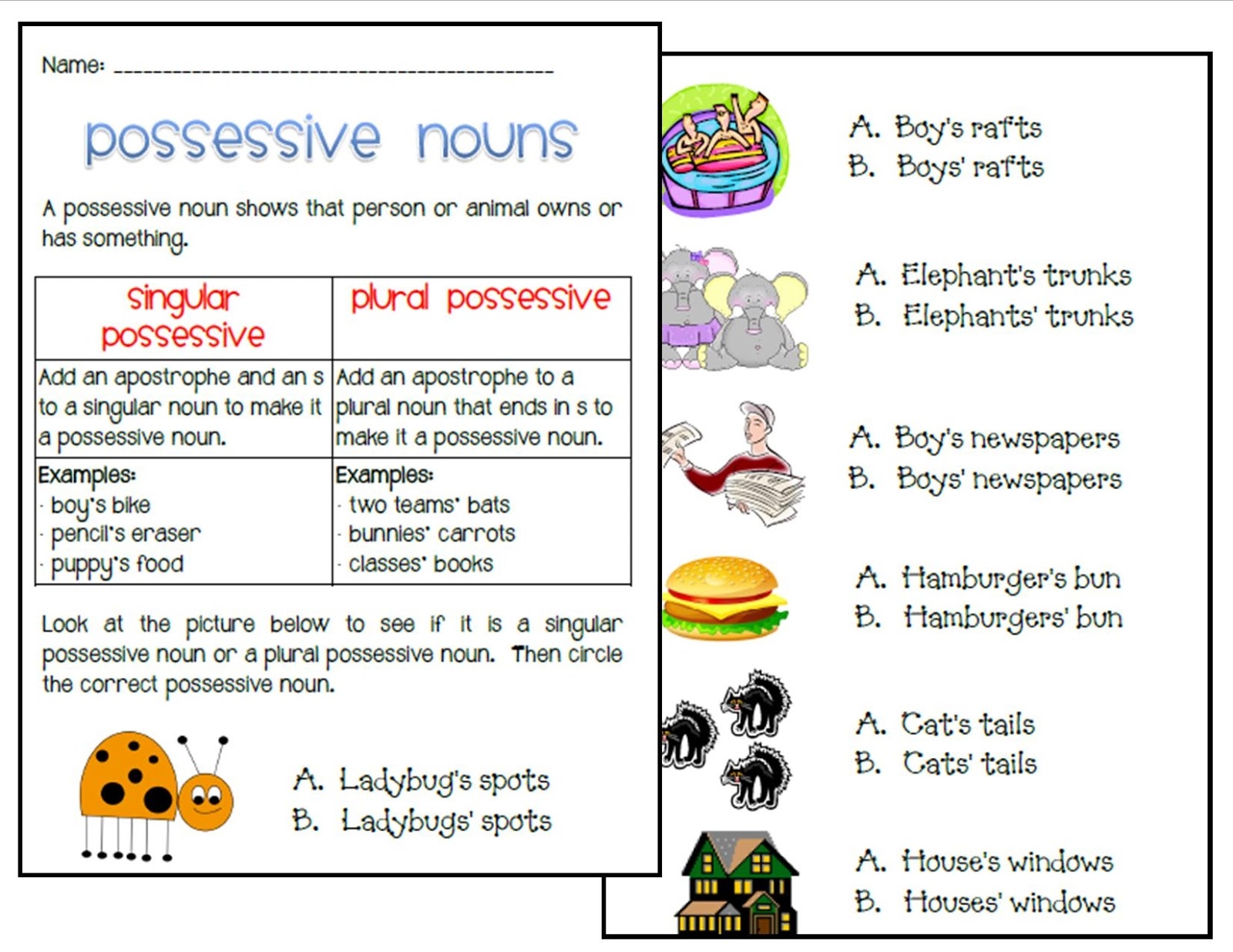Plural possessive nouns are used to show ownership or possession of a plural subject. They indicate that something belongs to more than one person or thing. In English grammar, possessive nouns can be a bit tricky to understand, but once you grasp the concept, it becomes easier to use them correctly in sentences.
When it comes to plural possessive nouns, it’s important to remember that they are formed by adding an apostrophe and an “s” after the plural form of the noun. For example, “The students’ books” shows that the books belong to more than one student. Understanding how to correctly use plural possessive nouns can help improve the clarity and accuracy of your writing.
Examples of Plural Possessive Nouns
1. The teachers’ lounge is a place where the instructors can relax during their break times.
2. The children’s toys were scattered all over the living room floor.
3. The employees’ uniforms were neatly hung in the locker room.
4. The families’ vacation plans were postponed due to unforeseen circumstances.
5. The friends’ party was a huge success, thanks to everyone’s contributions.
Using plural possessive nouns correctly in sentences helps to convey ownership and clarify relationships between multiple subjects. By mastering the use of plural possessive nouns, you can enhance the precision and professionalism of your writing.
In conclusion, plural possessive nouns play an essential role in English grammar by indicating possession or ownership of multiple subjects. By adding an apostrophe and an “s” to the plural form of the noun, you can easily form a plural possessive noun. Remembering to use plural possessive nouns correctly in sentences can greatly improve the clarity and coherence of your writing.
